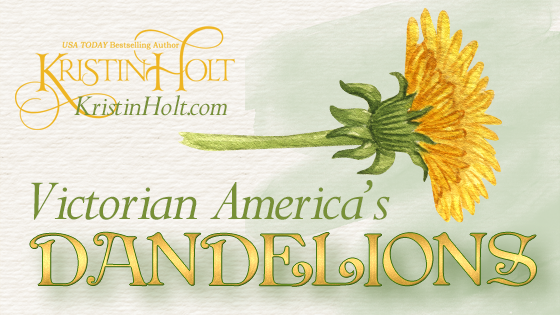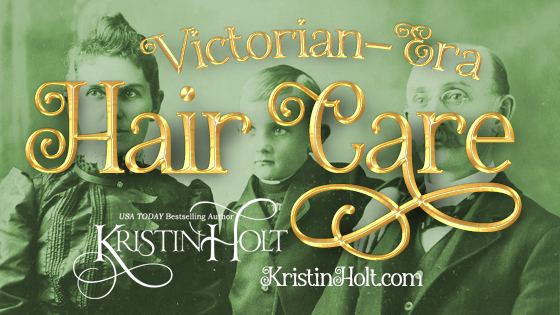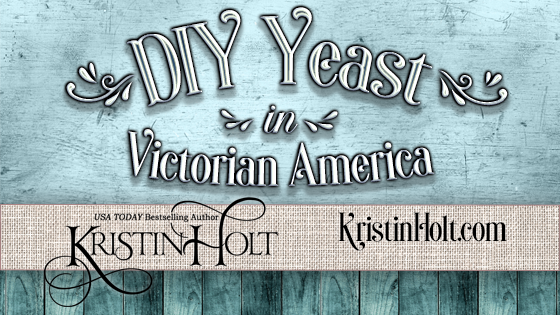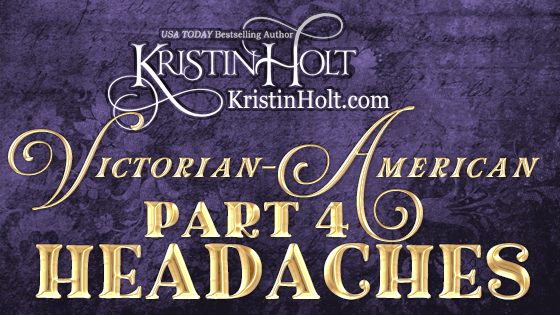
by Kristin Holt | May 31, 2022 | Articles
Dandelions were so much more than weeds to our Victorian ancestors. Not only were the tender plants sought for springtime vegetables and salads, but for tea, coffee, wine, beer, and prominent medicinal value. 19th century cook books and newspapers share the Victorian-American viewpoint on the value of dandelions from blossom to root. Recipes for edibles and curatives, advertisements, and more!

by Kristin Holt | Aug 5, 2021 | Articles
Victorians took their hair seriously: “Want Good Hair?” asked Godey’s Lady’s Book (1861). Throughout the nineteenth century, much advice circulated in magazines, newspapers, and cook books regarding how to cleanse hair (long before shampoo was invented), use of combs, whether or not to cut kids’ hair and more!

by Kristin Holt | Feb 18, 2021 | Articles
Nineteenth century breads often called for “a teacup of yeast,” a huge amount compared to today’s recipes. Victorian-era housekeepers (e.g. wives) made their yeast. And continued to whip up fresh batches of yeast (with a touch of the last batch as a starter) well after commercially prepared yeast waited on grocer’s shelves.

by Kristin Holt | Feb 12, 2020 | Articles
Part 3 of an ongoing series ~
Who knew? Tobacco use in the nineteenth century might surprise you! Without today’s health warnings, tobacco became a favorite vice among men and women of all ages (including children). Numerous vintage sources paint an accurate backdrop of cigarettes, cigars, cigarillos, chewing tobacco, etc., dispelling the myths surrounding tobacco use throughout the American nineteenth century.

by Kristin Holt | Oct 16, 2019 | Articles
Part 4 of an 11-part series: Victorian-American Headaches. Explore five decades’ worth of advertisements for various headache remedies. Powders, capsules, tablets, beverages, and pills. Apparently remedies were gaining traction and becoming popular–though none of them contained a 19th-century chemistry breakthrough–Aspirin.













